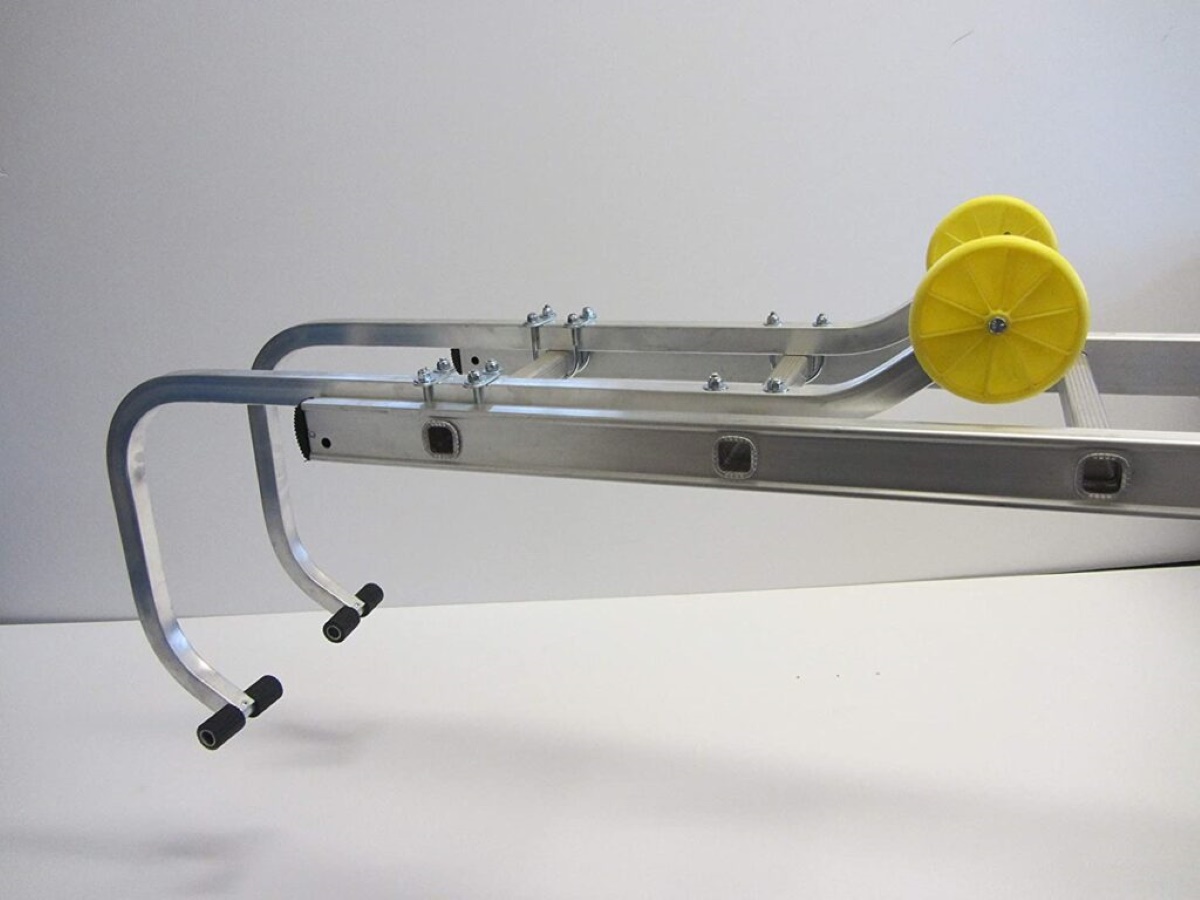

Articles
How To Use Ladder Hooks
Modified: October 20, 2024
Learn how to effectively use ladder hooks for hanging articles in your home. Our step-by-step guide provides valuable tips and techniques.
(Many of the links in this article redirect to a specific reviewed product. Your purchase of these products through affiliate links helps to generate commission for Storables.com, at no extra cost. Learn more)
Introduction
Welcome to our comprehensive guide on how to use ladder hooks. Ladders are essential tools for various tasks, from DIY projects to professional construction work. However, storing them can be a challenge due to their size and shape. This is where ladder hooks come in handy.
Ladder hooks are specially designed hooks or brackets that are installed in your garage, workshop, or any other space where you need to store your ladder. They provide a secure and convenient way to keep your ladder off the ground, preventing damage and creating more space in your storage area.
In this article, we will walk you through the different types of ladder hooks available, help you choose the right ones for your needs, and provide a step-by-step guide on how to properly use ladder hooks. We’ll also share some safety tips and alternative storage options for ladders. So, let’s dive in!
Key Takeaways:
- Properly installed ladder hooks provide a secure and space-saving solution for storing ladders, protecting them from damage and freeing up valuable floor space in storage areas.
- When using ladder hooks, prioritize safety by choosing sturdy hooks, following weight capacity guidelines, and regularly inspecting the hooks and ladder for stability and signs of damage.
Read more: What Is A Hook And Ladder Truck
What are ladder hooks?
Ladder hooks are specialized hooks or brackets designed to securely hold and store ladders. They are typically made from durable materials like steel or heavy-duty plastic to ensure stability and longevity. Ladder hooks are installed onto walls or other sturdy surfaces, allowing you to hang your ladder vertically to save space and keep it organized.
These hooks come in various shapes and sizes to accommodate different types of ladders and storage spaces. Some common types of ladder hooks include:
- Fixed hooks: These are simple hooks that are screwed or bolted onto a wall. They have a curved design that holds the ladder securely in place.
- Adjustable hooks: These hooks have a sliding mechanism or adjustable arms that can be moved to fit the width of your ladder. They provide flexibility in terms of ladder size.
- Pulley hooks: Pulley hooks consist of a pulley system that allows you to easily raise and lower your ladder for storage or use. They are ideal for situations where you have limited space or need to store a heavy ladder.
- Extension hooks: Extension hooks are adjustable hooks that extend outward from the wall, giving you more space to hang longer ladders.
Ladder hooks offer several benefits. Firstly, they help protect your ladder from damage caused by leaning it against walls or letting it rest on the ground. By hanging the ladder, you can prevent it from getting scratched, dented, or bent, which can prolong its lifespan. Secondly, ladder hooks help to free up valuable floor space in your storage area, making it easier to move around and organize other equipment. Lastly, ladder hooks help to maintain a safe and clutter-free environment by keeping your ladder out of the way when not in use.
It’s important to note that ladder hooks are not a one-size-fits-all solution. The type of ladder hooks you choose will depend on factors such as the type of ladder you have, the available space, and your specific storage needs. In the next section, we will delve into how to choose the right ladder hooks for your requirements.
Types of ladder hooks
There are several types of ladder hooks available on the market to suit different ladder sizes, storage spaces, and preferences. Understanding the different types can help you choose the most suitable ladder hooks for your needs. Here are some common types:
- Fixed hooks: Fixed ladder hooks are the simplest and most straightforward type. They consist of a sturdy hook that is permanently attached to a surface, such as a wall or ceiling. These hooks are usually made of durable materials like steel or heavy-duty plastic and can securely hold ladders of various sizes. Fixed ladder hooks are generally easy to install and provide a stable storage solution.
- Adjustable hooks: Adjustable ladder hooks are designed to accommodate ladders of different widths. They feature adjustable arms or sliding mechanisms that can be moved inward or outward to fit the specific width of your ladder. These hooks provide versatility and flexibility, making them suitable for storing multiple ladders or changing ladder sizes over time.
- Pulley hooks: Pulley ladder hooks utilize a pulley system to lift and lower your ladder for storage or use. They are ideal for situations where you have limited space or need to store a heavy ladder. The pulley mechanism allows you to easily raise the ladder to the ceiling or lower it for easy access. Pulley hooks are often used in garages or workshops where vertical space is available.
- Extension hooks: Extension ladder hooks are designed to extend outward from the wall, providing additional space to hang longer ladders. These hooks are adjustable, allowing you to choose the distance between the wall and the hook based on the length of your ladder. Extension hooks are useful when you have limited wall space or need to store long extension ladders.
It’s important to consider the size and weight capacity of the ladder hooks before making a purchase. Make sure the hooks are strong enough to support the weight of your ladder, keeping in mind any additional accessories or equipment you may have attached to the ladder.
Additionally, some ladder hooks come with added features like rubber or foam padding to prevent scratches or damage to the ladder’s surface. These features can help protect your ladder and ensure it remains in good condition.
Now that you’re familiar with the different types of ladder hooks available, let’s move on to the next section, where we’ll discuss how to choose the right ladder hooks for your specific needs.
Choosing the right ladder hooks
When it comes to choosing the right ladder hooks, there are a few factors you should consider to ensure they meet your specific needs. Here are some key points to keep in mind:
1. Ladder size and weight capacity:
Before selecting ladder hooks, determine the size and weight of your ladder. Different ladder hooks have varying weight capacities, so make sure the hooks you choose can safely support the weight of your ladder. Consider any additional equipment or accessories attached to the ladder, as this will increase its overall weight.
Read more: How To Use Hook And Loop Sandpaper
2. Type of ladder hooks:
Consider the type of ladder hooks that will work best for your storage space and ladder type. Fixed hooks are suitable for straightforward storage, while adjustable hooks provide flexibility for different ladder widths. Pulley hooks are ideal for high-ceiling spaces, and extension hooks are beneficial for longer ladders or limited wall space.
3. Installation method:
Think about how you prefer to install the ladder hooks. Some hooks may require drilling and mounting onto a wall, while others may be attached using adhesive or magnetic strips. Consider the tools and materials you have available and choose a method that aligns with your preferences and capabilities.
4. Durability and material:
Ensure the ladder hooks are made from durable materials like steel or heavy-duty plastic to withstand the weight of your ladder and provide long-lasting storage. Check customer reviews or product specifications to get an idea of the hooks’ quality and durability.
5. Additional features:
Consider any additional features you may want in ladder hooks. For example, padded hooks can help protect your ladder from scratches and damages. Some hooks may have built-in locking mechanisms for added security. Assess these features based on your storage needs and ladder protection requirements.
Read more: How To Use Ladder Stabilizer
6. Budget:
Finally, consider your budget when selecting ladder hooks. Prices can vary depending on the type, material, and features of the hooks. Determine a price range that aligns with your budget and search for hooks within that range to find the best value for your money.
By considering these factors, you can choose ladder hooks that are suitable for your ladder type, storage space, and personal preferences. Once you’ve selected the appropriate hooks, it’s time to prepare for their installation, which we’ll cover in the next section.
Preparing for installation
Before installing ladder hooks, it’s important to properly prepare your space and gather the necessary tools and materials. Here are the steps to follow to ensure a smooth installation process:
1. Clear the area:
Start by clearing the area where you plan to install the ladder hooks. Remove any items or obstructions that are in the way to ensure that you have a clear and accessible space for the installation process.
2. Measure and mark the height:
Using a tape measure, determine the appropriate height at which you want to install the ladder hooks. Measure the height of your ladder and factor in any additional length if you’re using extension hooks. Use a pencil or marker to make small marks on the wall or surface at the desired height.
Read more: How To Use Ladder On Roof
3. Locate the studs or anchors:
Next, find the studs or anchors in the area where you plan to install the ladder hooks. Studs provide the best support for heavy ladders, so it’s important to locate them before drilling or mounting the hooks. Use a stud finder or knock on the wall to identify the stud positions. If studs are not available, use appropriate wall anchors or mounting hardware for a secure installation.
4. Gather the necessary tools and materials:
Before starting the installation, gather all the tools and materials you’ll need. This may include a drill with the appropriate drill bit, screws or mounting hardware, a screwdriver, a pencil or marker, a level, and any additional accessories like rubber padding or foam strips for protecting the ladder.
5. Read and follow the manufacturer’s instructions:
It’s important to carefully read and follow the manufacturer’s instructions specific to the ladder hooks you’ve purchased. Each brand or model may have installation guidelines or recommendations that you should adhere to for proper installation and usage.
6. Plan the spacing and arrangement:
Consider the spacing and arrangement of the ladder hooks. Determine the optimal distance between hooks based on the width of your ladder and the available wall space. Ensure that the hooks are evenly spaced and aligned vertically to provide stability and a uniform appearance.
By preparing your space and gathering the necessary tools and materials, you’ll be well-prepared for a successful and secure installation of your ladder hooks. In the next section, we’ll provide a step-by-step guide on how to use ladder hooks effectively.
Read more: How To Use Telescopic Ladder
Step-by-step guide on using ladder hooks
Once you have installed ladder hooks, you can start using them to store your ladder. Here is a step-by-step guide on how to use ladder hooks effectively:
1. Position the ladder:
Position your ladder in front of the ladder hooks, ensuring that it is aligned with the hooks and centered between them. Take care to place the ladder at a suitable distance from any walls or obstacles to allow for easy installation and removal.
2. Hook the ladder:
Grab the ladder at a comfortable height and lift it off the ground. Position the top or the bottom of the ladder onto the ladder hooks, depending on the design of your ladder hooks. Gently press the ladder against the hooks to secure it in place.
3. Ensure stability:
Once the ladder is hooked onto the ladder hooks, ensure that it is stable and securely held. Give it a gentle shake to test its stability. If there is any wobbling or movement, carefully adjust the position of the ladder on the hooks until it sits securely.
Read more: How To Use A Step Ladder
4. Check for levelness:
Use a level tool to ensure that the ladder is level when hanging on the hooks. A level ladder will provide better stability and safe storage. Make adjustments as needed to achieve a level position.
5. Secure the ladder (optional):
If desired, you can further secure the ladder using additional straps, bungee cords, or rope. This can provide an extra layer of stability and prevent accidental dislodging or movement of the ladder. Ensure that any securing mechanisms are tight but not overly constrictive.
6. Test the stability:
Before walking away, give the ladder another gentle shake to confirm its stability. Make sure it remains securely hooked onto the ladder hooks and does not show any signs of movement or wobbling.
7. Regularly inspect the hooks:
Periodically inspect the ladder hooks to ensure that they remain in good condition. Check for any signs of damage, such as rust or cracks, that could compromise their strength. If you notice any issues, replace the hooks as necessary to maintain safe and secure ladder storage.
By following these steps, you can effectively use ladder hooks to securely store your ladder and free up precious space in your storage area. Remember to always follow safety precautions when using ladders and avoid overloading them.
Next, we’ll provide you with some valuable tips for using ladder hooks safely.
Read more: How To Use Rope On Extension Ladder
Tips for using ladder hooks safely
While ladder hooks provide a convenient and efficient way to store ladders, it’s important to prioritize safety when using them. Here are some valuable tips to ensure safe usage of ladder hooks:
1. Choose sturdy ladder hooks:
Invest in high-quality ladder hooks that are made from durable materials and can safely support the weight of your ladder. Avoid using hooks that appear weak, rusty, or damaged.
2. Follow weight capacity guidelines:
Respect the weight capacity limits specified by the manufacturer. Do not exceed the recommended weight capacity of the ladder hooks, as this can lead to instability and potential accidents.
3. Position the ladder hooks correctly:
Ensure that the ladder hooks are properly installed and aligned on the wall or surface. Follow the installation instructions provided by the manufacturer and make sure the hooks are securely attached to studs or weight-bearing anchors.
Read more: How To Use A Ladder To Paint A Stairwell
4. Inspect the ladder before storage:
Before hooking the ladder onto the ladder hooks, visually inspect it for any signs of damage, such as cracked or broken rungs. Do not store a damaged ladder as it can pose serious safety risks.
5. Balance the ladder on the hooks:
When hooking the ladder onto the ladder hooks, distribute its weight evenly. Avoid placing more weight on one side, as this can lead to instability and may cause the ladder to fall off the hooks.
6. Avoid excessive force:
Be gentle when hooking or unhooking the ladder from the ladder hooks. Applying excessive force can cause the ladder to sway or fall, potentially causing injuries or damaging surrounding objects.
7. Regularly check for stability:
Make it a habit to periodically check the stability of the ladder on the hooks. Ensure that the ladder sits securely and does not show any signs of movement or wobbling. Adjust the position of the ladder if necessary.
Read more: How To Use Fire Escape Ladder
8. Remove any accessories:
Before storing the ladder, remove any accessories or attachments that may affect its balance or stability. This includes tools, paint cans, or other items that may alter the ladder’s weight distribution.
9. Keep the area clear:
Maintain a clear and organized area around the ladder hooks. Remove any objects or clutter that may obstruct the ladder or pose a tripping hazard while accessing or storing the ladder.
10. Use proper ladder handling techniques:
When accessing or removing the ladder from the hooks, follow proper ladder handling techniques. Always maintain three points of contact with the ladder and avoid sudden movements or distractions that can lead to accidents.
By adhering to these safety tips, you can ensure that the use of ladder hooks remains a safe and efficient method of ladder storage. Remember, your safety should always be the top priority when working with ladders.
Lastly, in the next section, we’ll explore alternative options for storing ladders.
Alternative options for storing ladders
While ladder hooks are a popular and effective way to store ladders, they may not always be suitable for every situation or storage space. Here are some alternative options for storing ladders:
Read more: How To Use An Extension Ladder Safely
1. Ladder racks:
Ladder racks are specially designed racks or stands that provide a stable and secure storage solution for ladders. They usually have a sturdy base and arms to hold the ladder in an upright position. Ladder racks are ideal for garages, workshops, or outdoor storage areas where there is ample space available.
2. Ceiling-mounted storage:
If you have limited floor space, consider installing ceiling-mounted storage solutions for your ladder. This can include ceiling hooks, pulley systems, or overhead racks. By suspending the ladder from the ceiling, you can save valuable floor space and keep your ladder out of the way when not in use.
3. Ladder stands or brackets:
Ladder stands or brackets are freestanding structures that provide a secure spot for storing your ladder. These stands or brackets typically have a wide base or arms that hold the ladder in a stable position. They are a good option if you have an open area or corner where you can place the ladder stand.
4. Wall-mounted brackets:
Similar to ladder hooks, wall-mounted brackets offer an alternative way to hang and store ladders. These brackets are usually adjustable and can be mounted at various heights along the wall. They are particularly useful if you have wall space available but prefer not to use ladder hooks.
Read more: What Is A Roof Ladder Used For?
5. Ladder storage racks:
Ladder storage racks are specially designed racks with multiple arms or slots that can accommodate multiple ladders. These racks can be freestanding or wall-mounted and provide a convenient way to store multiple ladders in one place.
6. Ladder storage hooks:
For smaller spaces or temporary storage, consider using ladder storage hooks that can be easily mounted and unmounted as needed. These hooks are designed to hold the ladder securely against a wall or other surface without the need for permanent installation.
7. Ladder hangers or straps:
Ladder hangers or straps are alternative accessories that can be used to hang and secure ladders in storage spaces like garages or sheds. These hangers or straps typically have adjustable hooks or straps that can hold the ladder securely in place.
When considering alternative options for storing ladders, assess your available space, accessibility needs, and personal preferences. Choose a storage solution that best fits your specific requirements and ensures the safety and longevity of your ladder.
Now that you are familiar with various options for storing ladders, let’s conclude this guide.
Conclusion
Congratulations! You have now learned all about ladder hooks and how to use them effectively for ladder storage. Ladder hooks are a practical and space-saving solution that helps keep your ladders organized, protected, and easily accessible.
We started by understanding what ladder hooks are and the different types available, from fixed hooks to adjustable, pulley, and extension hooks. We then explored how to choose the right ladder hooks based on ladder size, weight capacity, and installation method.
Preparing for installation is crucial to ensure a smooth process. By clearing the area, measuring and locating studs, gathering the necessary tools and materials, and following manufacturer instructions, you can have a successful installation.
We provided a step-by-step guide on how to use ladder hooks, including positioning the ladder, hooking it onto the hooks, ensuring stability and levelness, and adding optional securing measures. Safety should always be a priority, and we shared essential tips to help you use ladder hooks safely.
In addition to ladder hooks, we explored alternative options for ladder storage, such as ladder racks, ceiling-mounted storage, ladder stands or brackets, wall-mounted brackets, ladder storage racks, and ladder hangers or straps. By considering these alternatives, you can find a storage solution that suits your space and preferences.
Remember, whatever method you choose to store your ladder, always prioritize safety. Regularly inspect the ladder hooks or storage solution for any signs of damage, and ensure that your ladder is stored in a stable and secure manner.
We hope this comprehensive guide has provided you with the knowledge and confidence to effectively use ladder hooks for ladder storage. By properly storing your ladder, you can extend its lifespan, save space, and create a safer and more organized work environment.
Now go ahead and put your newfound knowledge into practice. Enjoy the benefits of a well-organized and easily accessible ladder storage system!
Frequently Asked Questions about How To Use Ladder Hooks
Was this page helpful?
At Storables.com, we guarantee accurate and reliable information. Our content, validated by Expert Board Contributors, is crafted following stringent Editorial Policies. We're committed to providing you with well-researched, expert-backed insights for all your informational needs.
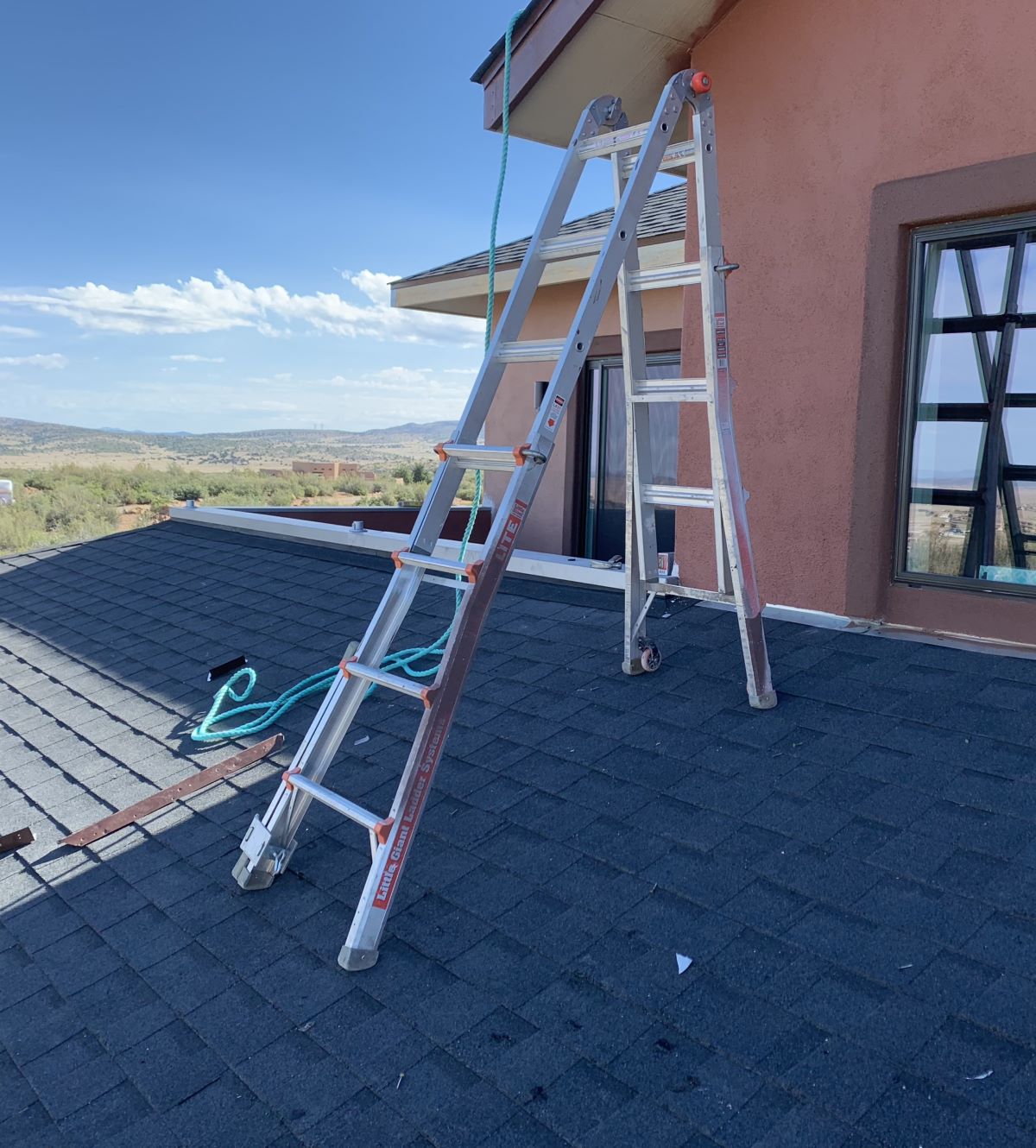
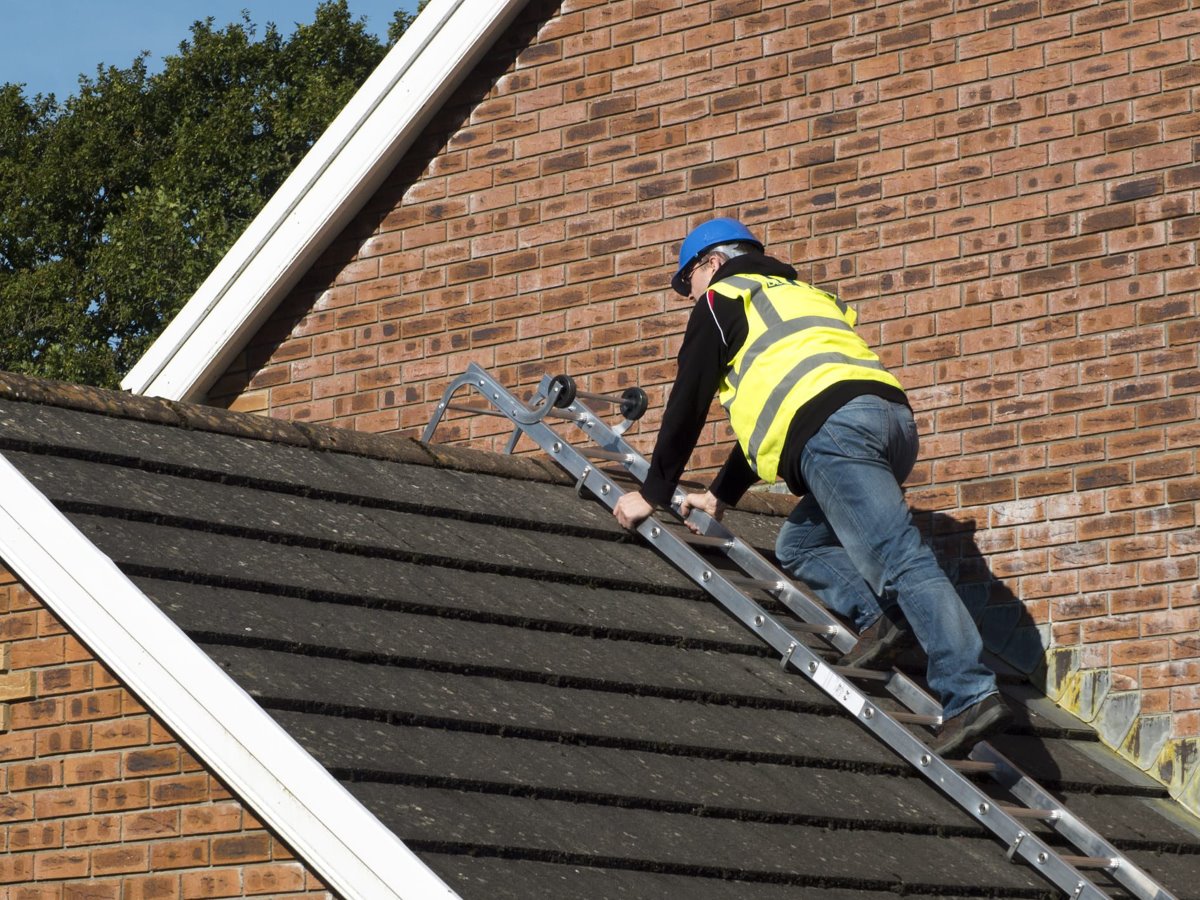
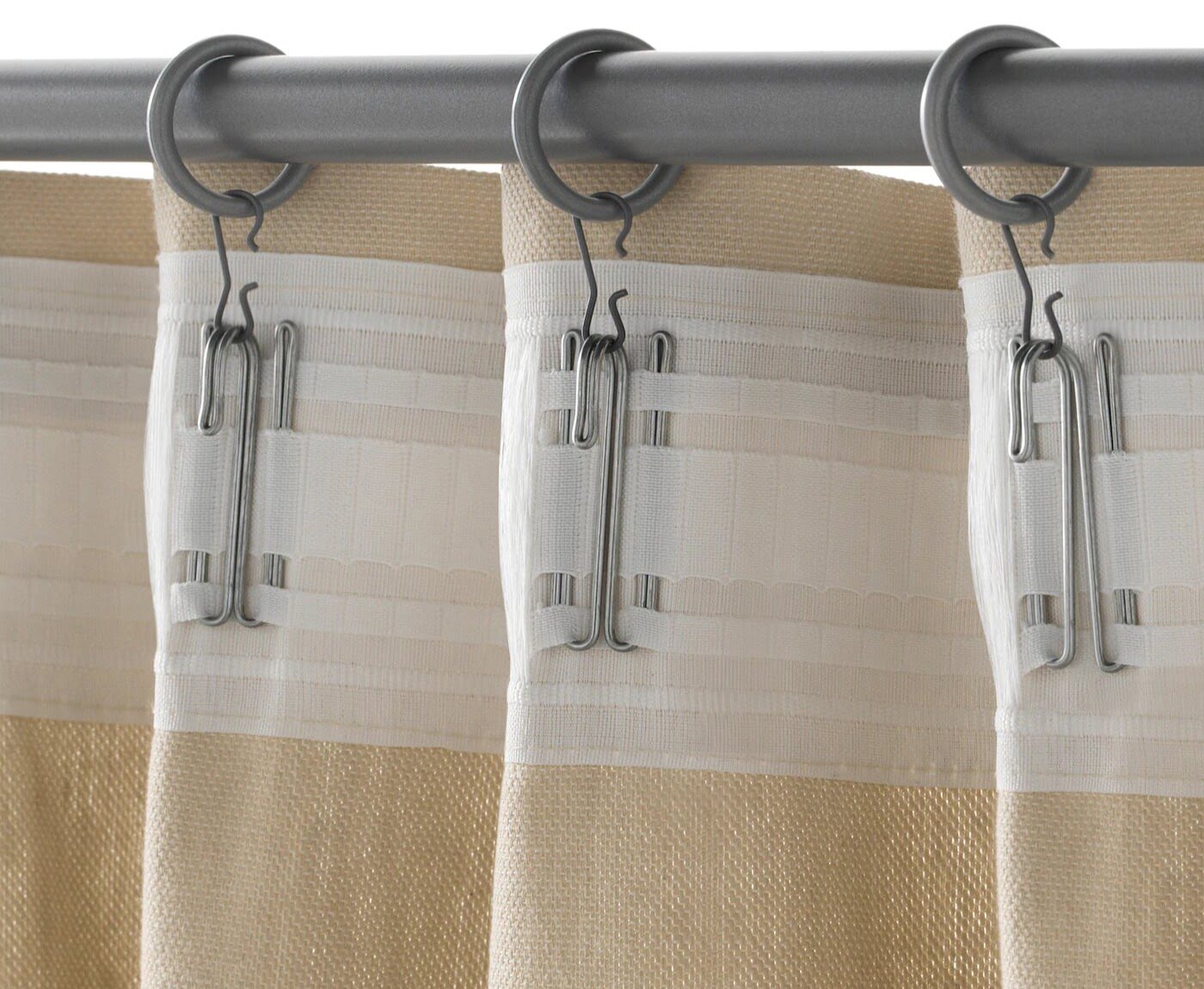

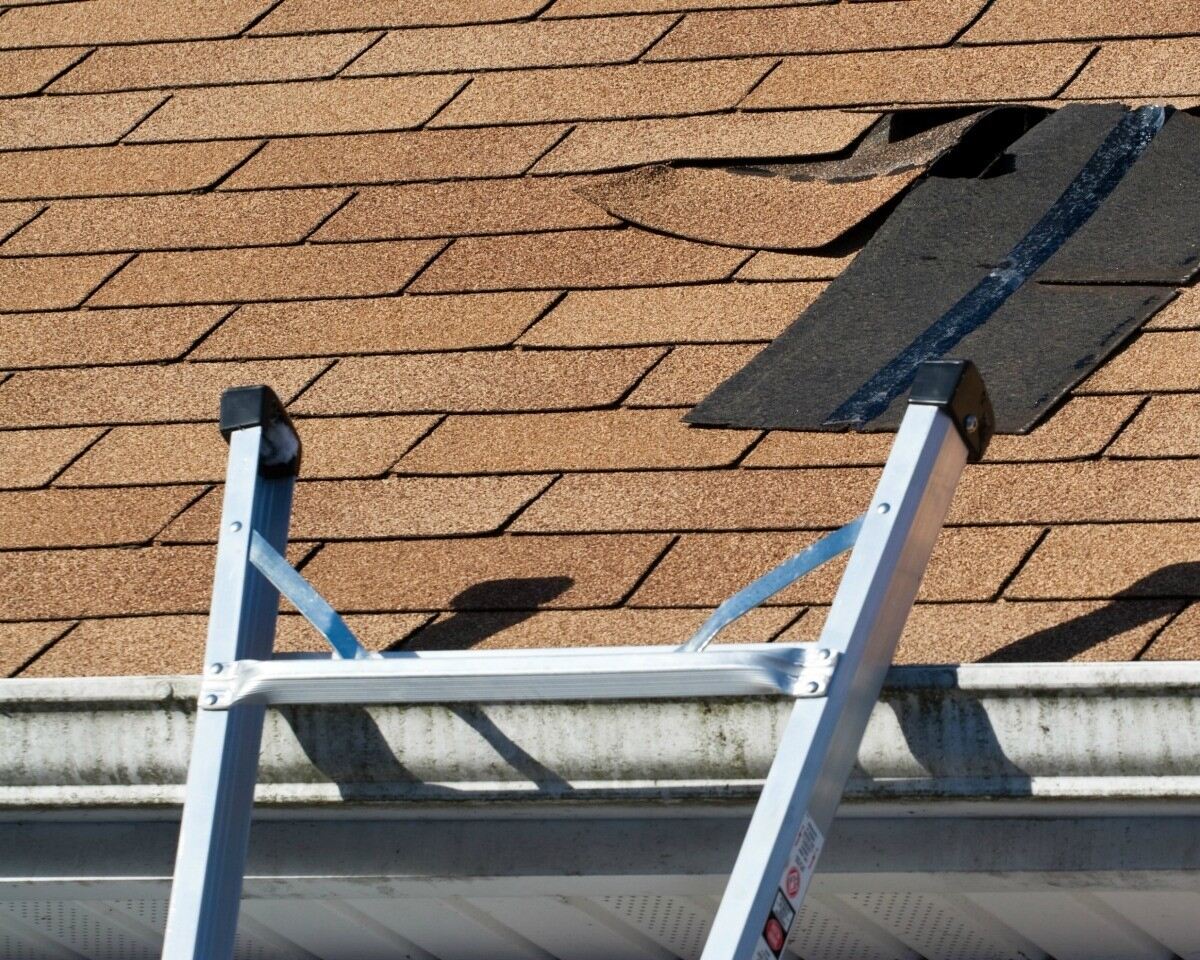

0 thoughts on “How To Use Ladder Hooks”